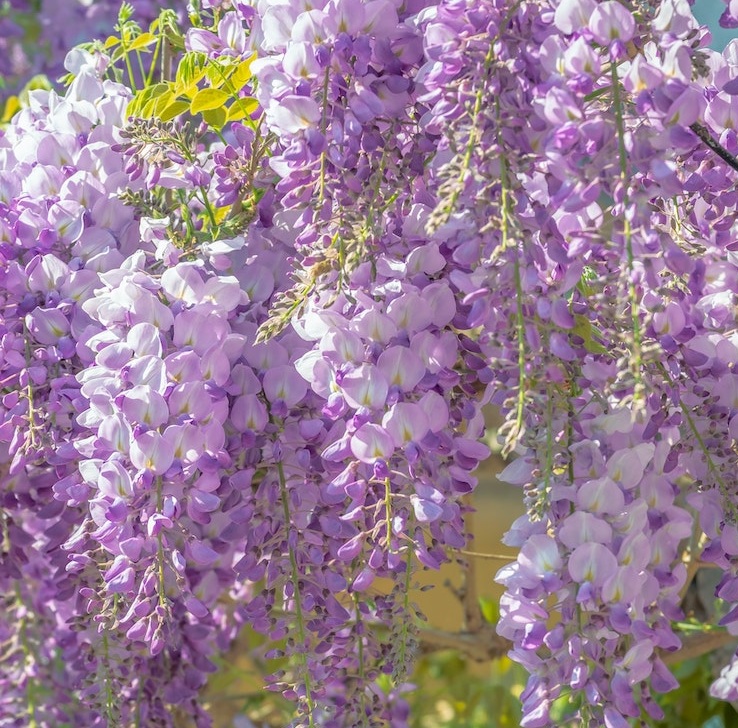Beautiful flowers, plants, and shrubs could easily entice us.
Once you see their beauty, you become interested in them, and even start a garden of your own.
Now, choosing what to plant, how to grow them, and which one works best with one another takes a while to understand.
Not all plants are created equal.


Who would have thought that gardening could be so complicated?
This is the reason why some people skip this part and just pick the ones they like and plant them.
Sure, you can easily pick that yellow shrub and plant it in your garden.
But will you regret it?


What could go wrong with planting beautiful shrubs or plants?
Plenty.
How much do you know about invasive plants?


Invasive plants, also known as alien plants or non-natives, are plant species that, from the name itself, are not native to a particular location.
These invasive plant species may look beautiful and enticing, but be careful.
They spread aggressively.
Once they start spreading, these invasive plants can out-compete native species for their resources.


We’re talking about sunlight, water, nutrients, and even space, leading to negative ecological and economic impacts.
Just this month, YouTube channel Up To Something, posted a video about invasive plants and the best alternatives.
From her own experience, she wants to share with her audience the damage that invasive plants could do.
It’s no laughing matter.


Here are some of the invasive plants that she has encountered and the alternatives:
1. English Ivy
Beautiful but dangerous. They quickly climb trees and walls causing damage as they block sunlight.
Alternatives: Creeping phlox, Climbing hydrangea, Mandevilla, and even Clematis (though this could also be invasive in some areas).
2. Purple Loosestrife
A very beautiful flowering plant that could grow up to six feet tall. It’s considered highly invasive and could take over wetlands and other natural areas.
Alternative: Liatris a.k.a blazing star.


3. Burning bush
A popular ornamental shrub that has bright red leaves in the fall. It’s unique and can easily entice anyone.
However, it could also become invasive and even out-compete native species. Alternatives: Virginia Sweet Spire, Butterfly Buzz Bush.
4. Wisteria
A type of vine that could grow up to 30 feet in height. It’s really beautiful but can have a negative effect on the environment.
They could grow quickly and take over native plant species. Aside from that, they can even damage structures.
Sadly, there is no alternative for this one. Up To Something suggests trying American wisteria, but they are not as pretty and can also be invasive.


5. Scotch Broom
This shrub has bright yellow flowers and is native to Europe. They are beautiful, but dangerous as they could become invasive. It could also become toxic to some animals.
Alternatives: Forsythia (also yellow), Lilacs, Azaleas or Camellias
6. Bamboo
This is a popular plant because it’s aesthetically pleasing, but as harmless as it may seem, it could also have negative effects on our local ecosystem.
Alternatives: Fruit trees, Grasses, Thuja Green Giant


Learning about this should not hinder you from creating a beautiful garden.
Instead, take time to learn.
Be informed and from there, be able to educate other people who want to learn about gardening, and have a beautiful garden yourself.


See just which plants to avoid while curating you’re future garden in the video below!
Please SHARE this with your friends and family.















